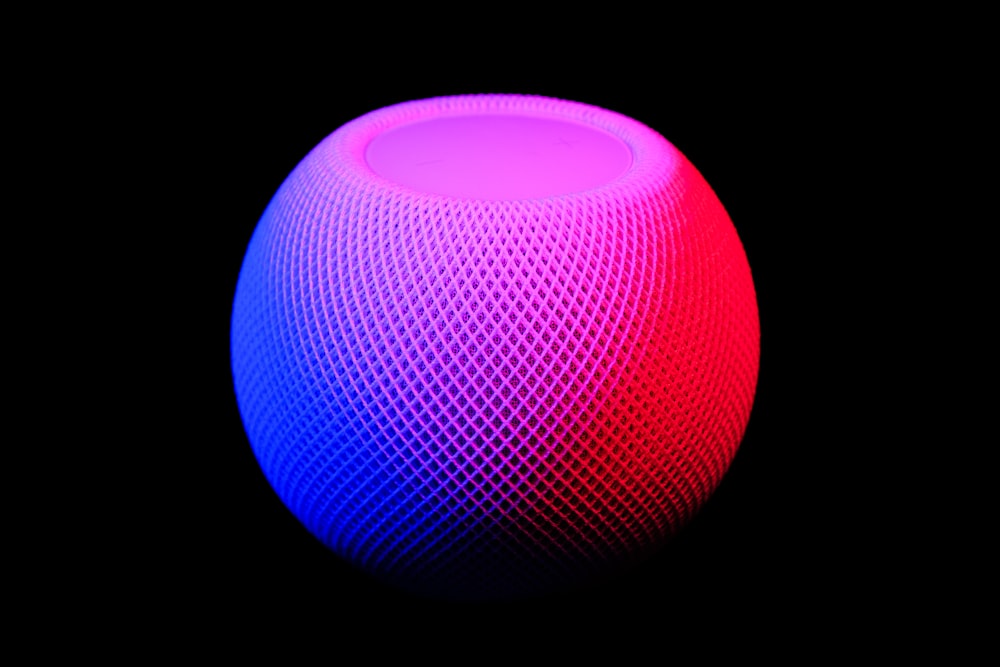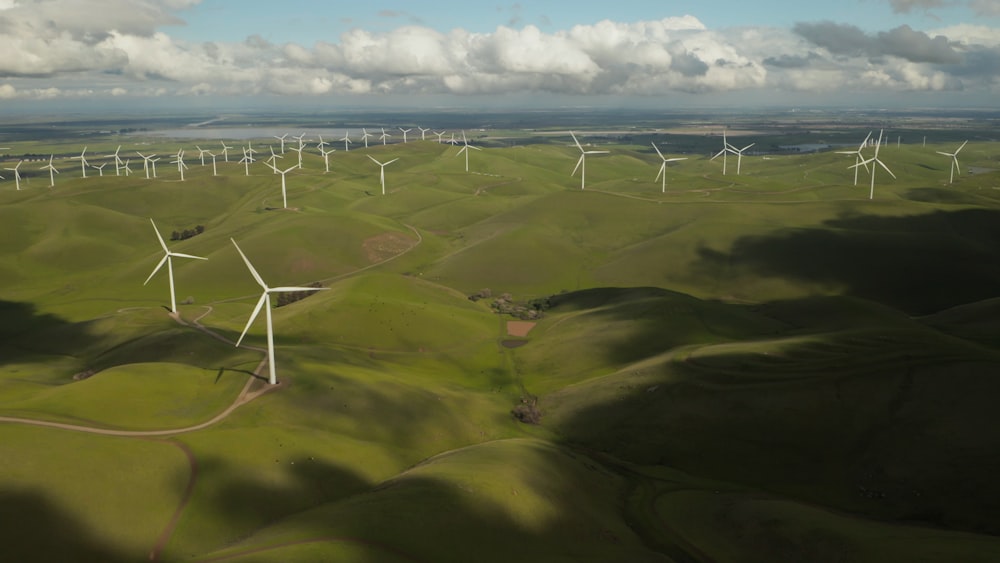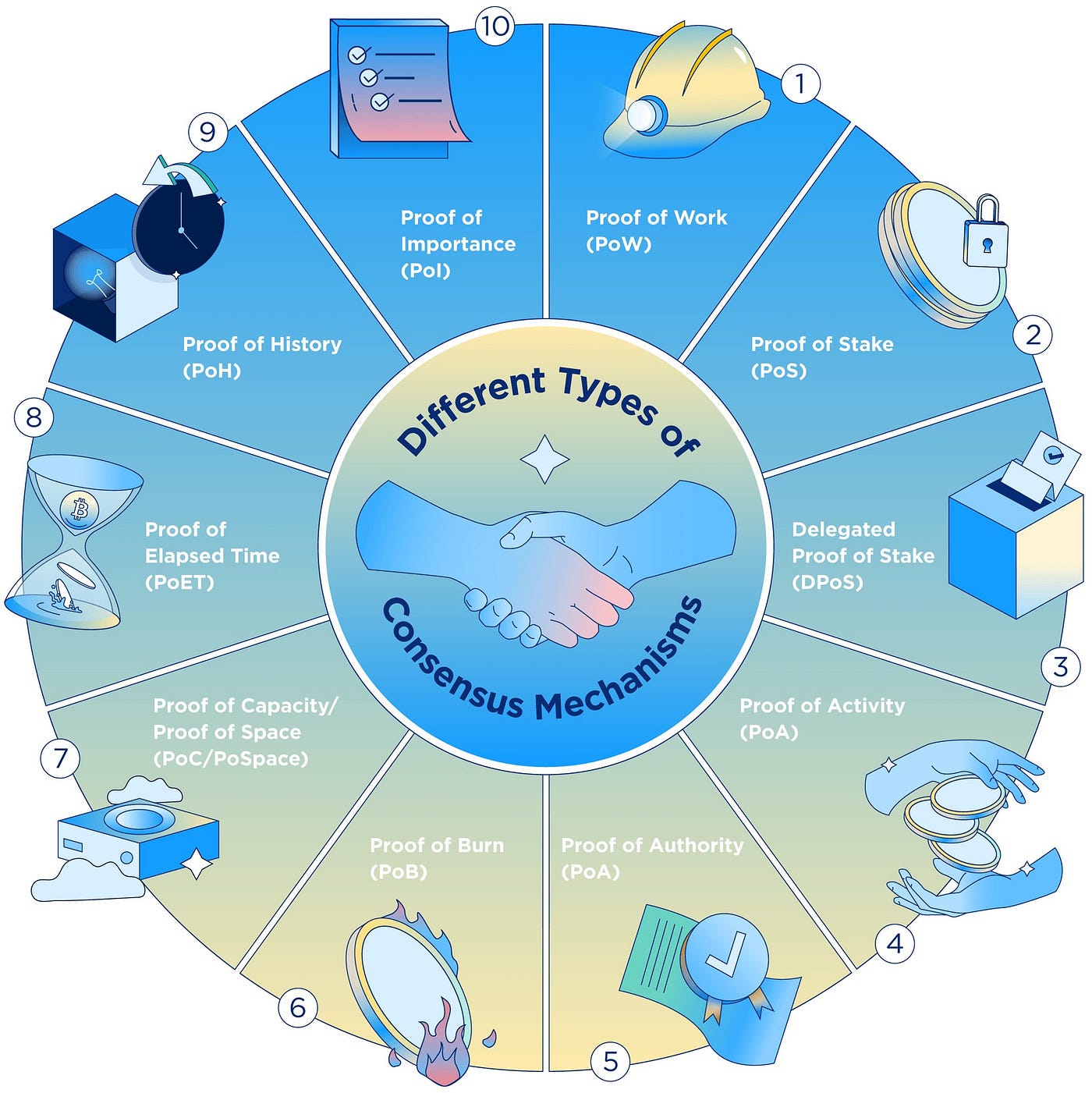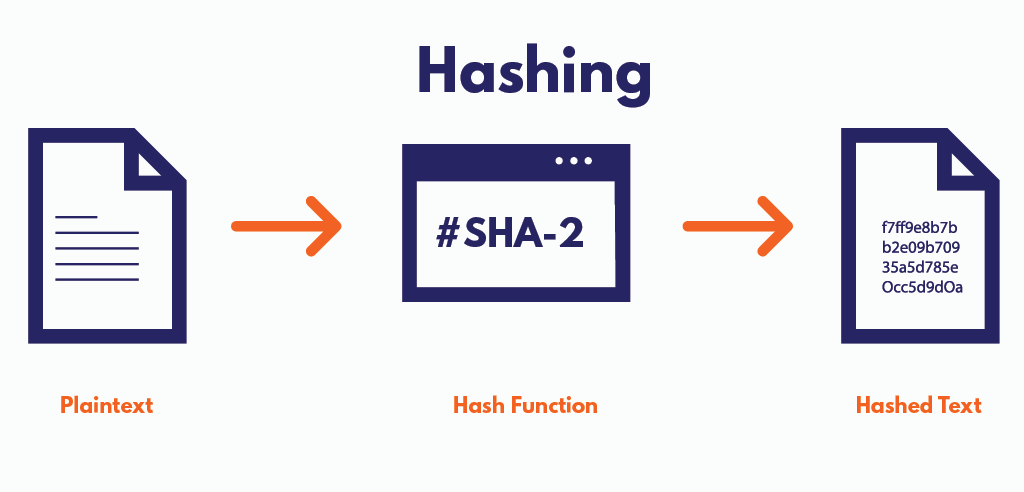
Exploring innovative avenues in renewable energy opens doors to promising solutions for our energy needs. Let’s delve into some of the emerging types of renewable energy and their potential impact on the energy landscape.
Harnessing the Power of Ocean Waves
Ocean wave energy, a relatively new entrant in the renewable energy sector, taps into the kinetic energy of ocean waves to generate electricity. Wave energy converters, installed offshore, capture the movement of waves and convert it into electrical power. This renewable energy source has the potential to provide a consistent and reliable source of electricity, particularly in coastal regions with strong wave activity.
Extracting Energy from Ocean Currents
Ocean current energy, another innovative approach, harnesses the kinetic energy of ocean currents to generate electricity. By deploying underwater turbines or tidal stream generators, energy can be extracted from the continuous flow of ocean currents. This renewable energy source offers a predictable and constant power supply, making it suitable for powering coastal communities and offshore facilities.
Tapping into Salinity Gradient Energy
Salinity gradient energy, also known as osmotic power, utilizes the difference in salt concentration between seawater and freshwater to generate electricity. Through processes like pressure-retarded osmosis (PRO) or reverse electrodialysis (RED), energy can be extracted from the mixing of saltwater and freshwater. This renewable energy source holds promise for coastal regions with access to both seawater and freshwater resources.
Exploring Piezoelectricity from Footsteps
Piezoelectricity, a concept gaining traction in the renewable energy realm, involves converting mechanical energy into electrical energy using piezoelectric materials. By harnessing the pressure and vibrations generated by human footsteps or vehicular traffic, piezoelectric flooring or roadways can generate electricity. This innovative approach has potential applications in urban environments, public spaces, and transportation infrastructure.
Harvesting Energy from Vibrations
Vibration energy harvesting harnesses mechanical vibrations from various sources, such as machinery, vehicles, or natural movements, to generate electricity. Piezoelectric materials or electromagnetic generators can convert these vibrations into usable electrical power. This renewable energy source offers opportunities for powering wireless sensors, wearable devices, and remote monitoring systems in industrial and IoT applications.
Exploring Thermal Energy from Waste Heat
Waste heat recovery, an emerging field in renewable energy, focuses on capturing and utilizing waste heat from industrial processes, exhaust gases, or thermal sources. Through technologies like thermoelectric generators or organic Rankine cycle (ORC) systems, waste heat can be converted into electricity or used for heating purposes. This renewable energy source helps improve energy efficiency and reduce greenhouse gas emissions in various sectors.
Embracing Power from Piezoelectric Trees
Piezoelectric trees, a concept inspired by nature, mimic the structure and behavior of trees to generate electricity from wind and vibrations. By incorporating piezoelectric materials into tree-like structures, energy can be harvested from ambient vibrations and wind-induced oscillations. These artificial trees offer a sustainable and aesthetically pleasing approach to renewable energy generation in urban environments.
Generating Electricity from Algae
Algae-based bioenergy, an innovative approach in renewable energy, utilizes microalgae or macroalgae to produce biomass for biofuels or biogas production. Algae cultivation systems, such as photobioreactors or open ponds, harness sunlight and nutrients to grow algae biomass, which can be converted into biofuels through processes like fermentation or hydrothermal liquefaction. This renewable energy source offers a promising alternative to traditional biofuel feedstocks, with potential applications in transportation and industrial sectors.
Exploring Kinetic Energy from Pedestrians
Kinetic energy harvesting from pedestrians involves capturing the mechanical energy generated by human movement, such as walking or running, to generate electricity. Piezoelectric materials embedded in sidewalks, footpaths, or exercise equipment can convert footfall-induced vibrations into electrical power. This renewable energy source has applications in urban environments, public spaces, and pedestrian-heavy areas, contributing to localized energy generation and sustainability.
Pioneering Energy from Space
Space-based solar power, a concept on the horizon of renewable energy, involves capturing solar energy in space and transmitting it wirelessly to Earth using microwave or laser beams. Solar power satellites equipped with photovoltaic panels or solar concentrators collect sunlight in space and convert it into electricity, which is then beamed down to receiving stations on Earth. This ambitious renewable energy concept offers the potential for continuous and abundant solar power generation, regardless of weather or location.
Innovations in renewable energy continue to push the boundaries of what’s possible, offering promising solutions for a sustainable and greener future. By exploring new types of renewable energy, we can diversify our energy sources, reduce our dependence on fossil fuels, and mitigate the impacts of climate change. As research and development efforts progress, these emerging renewable energy technologies have the potential to revolutionize the way we power our world.























